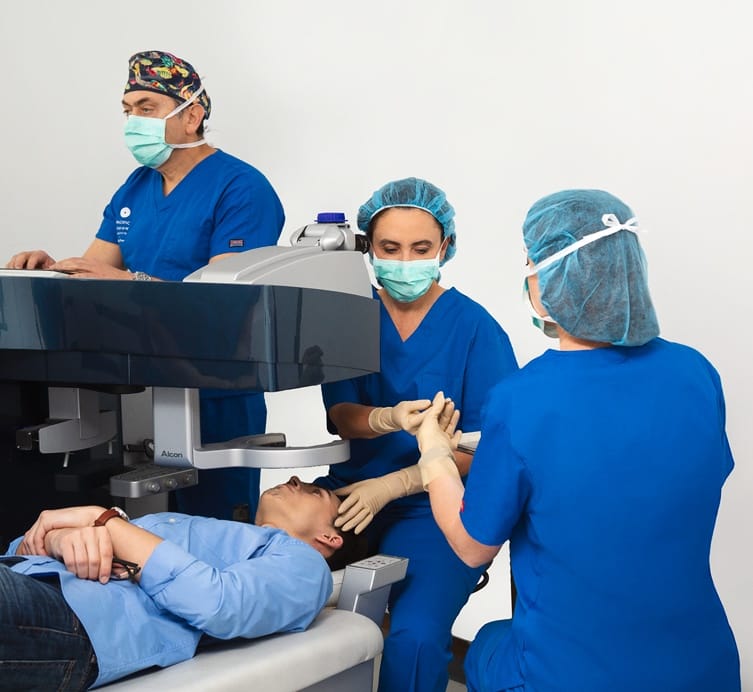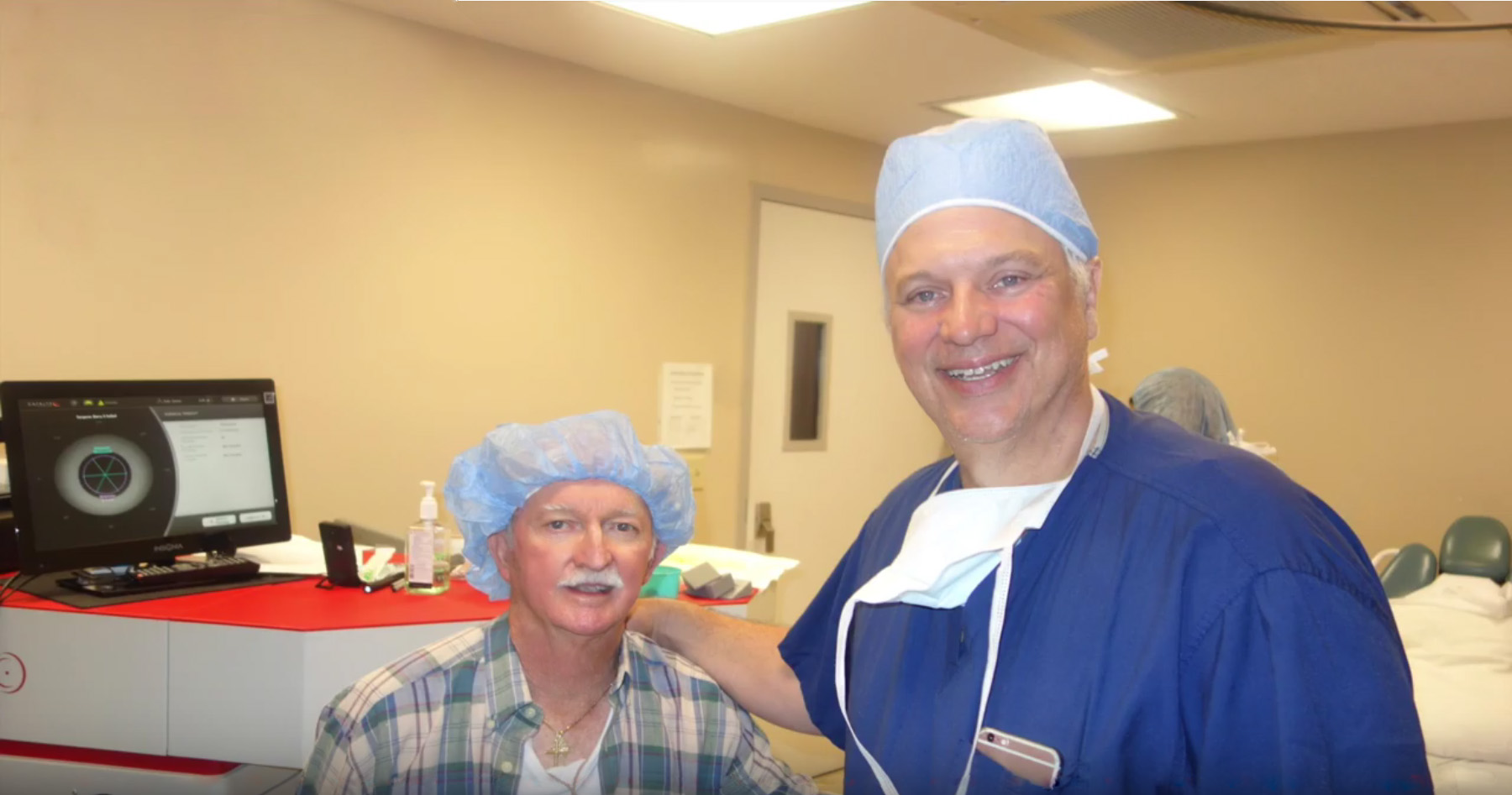How long does the procedure take?
Both PRK and Epi-LASIK procedures are very quick. The total time for the laser to be active on your eye is usually less than a minute, and the entire procedure for both eyes typically takes less than 30 minutes.
Is PRK a permanent solution?
Yes, like LASIK, PRK is considered a permanent procedure. The reshaping of the cornea is a lasting adjustment. However, it's important to remember that as you age, your eyes can naturally change, and you may eventually require reading glasses or a minor enhancement procedure to maintain optimal vision.
Can I get a custom treatment with PRK?
Yes, we use the same advanced excimer laser technology for PRK as we do for our custom LASIK treatments. This allows us to create a highly personalized treatment plan that is precisely tailored to your unique vision needs.
How do I prepare for my procedure?
Before your procedure, you will have a comprehensive eye exam and consultation with our team. You'll need to stop wearing soft contact lenses for at least two weeks before your consultation and hard contact lenses for three weeks. Your surgeon will give you specific instructions on how to prepare, including any medications to stop and when to avoid wearing eye makeup.

